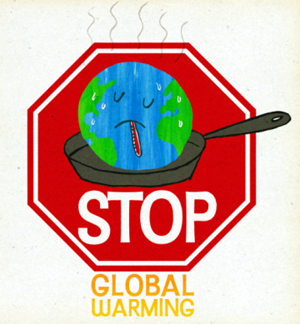Apr 19, 2024
Apr 19, 2024
 Painting a grim picture, the report indicated melting of the polar ice caps, desertification in Africa, deforestation of tropical jungles, spiralling use of chemicals and the emptying out of the world's seas of fish as some of the myriad environmental disasters that pose a threat to life as we know it. The report adds that “several critical global, regional and local thresholds are close or have been exceeded... Once these have been passed, abrupt and possibly irreversible changes to the life-support functions of the planet are likely to occur, with significant adverse implications for human well-being."
Painting a grim picture, the report indicated melting of the polar ice caps, desertification in Africa, deforestation of tropical jungles, spiralling use of chemicals and the emptying out of the world's seas of fish as some of the myriad environmental disasters that pose a threat to life as we know it. The report adds that “several critical global, regional and local thresholds are close or have been exceeded... Once these have been passed, abrupt and possibly irreversible changes to the life-support functions of the planet are likely to occur, with significant adverse implications for human well-being."
04-Jul-2012
More by : Proloy Bagchi

|
I am gratified to see that you liked the piece. Thanks so very much for your comments. Proloy Bagchi |

|
An excellent article. |